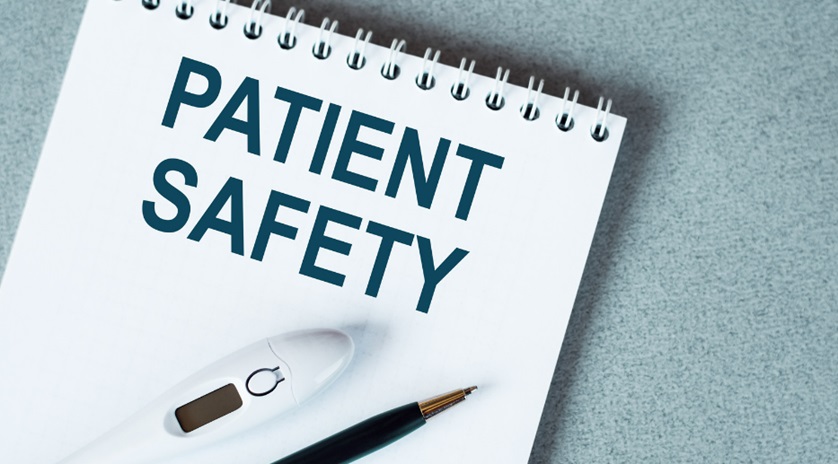The healthcare industry is constantly evolving, with new technologies and treatments being introduced on a regular basis. However, despite these advancements, patient safety remains a critical issue in healthcare systems around the world. Medical errors and adverse events continue to occur at alarming rates, causing harm to patients and negatively impacting their overall well-being.
Transitional care has emerged as a vital component in enhancing patient safety and reducing the risk of medical errors. In this article, we will explore the role of transitional care in healthcare systems and how it can contribute to improving patient safety.
What is Transitional Care?
Transitional care refers to a set of services designed to help patients move from one level of care to another smoothly and safely. It involves coordination between different healthcare providers, settings, and even different stages of care within the same facility. The goal of transitional care management is to ensure that patients receive safe, high-quality care throughout their healthcare journey.
Importance of Transitional Care in Enhancing Patient Safety
Transitional care plays a crucial role in enhancing patient safety in several ways:
- Reducing Medication Errors: One of the most common causes of medical errors is medication errors. During transitions of care, such as discharge from the hospital to home, patients may experience changes in their medications or receive new prescriptions. This can lead to confusion and potential harm if proper communication and follow-up are not established through transitional care.
- Coordinating Care: Transitional care involves effective communication between different healthcare providers, ensuring that all members of the patient’s care team are on the same page. This helps prevent errors and ensures that patients receive appropriate, coordinated care.
- Identifying and Addressing Gaps in Care: Through transitional care, healthcare providers can identify any gaps in a patient’s care plan and address them before they become potential risks to their safety. This includes identifying potential medication interactions, addressing social determinants of health, and ensuring follow-up appointments are scheduled.
- Improving Patient Education: Transitional care also includes patient education, which is essential for promoting patient safety. By educating patients about their conditions, medications, and self-care techniques, they are better equipped to manage their health and prevent adverse events.
Conclusion
Patient safety is a top priority in healthcare systems, and transitional care has proven to be an effective strategy for enhancing it. You can read this blog about the key elements of transitional care management by coordinating care, addressing gaps in care, and improving patient education. Transitional care can play a significant role in reducing medical errors and promoting the overall well-being of patients. As healthcare systems continue to evolve, incorporating transitional care into their processes is crucial for ensuring safe and high-quality care for all patients.












